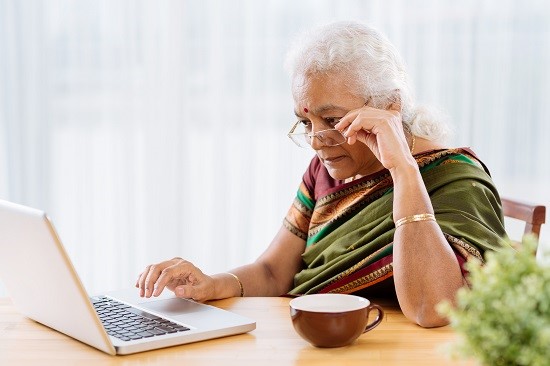
The Aging Workforce in India
Have you ever thought of a working space full of salt and pepper? Have you noticed a drastic change that is happening around us? Yes, 21st century is witnessing an unexpected change. The rapid aging of populations standing out as a particularly salient demographic shift. This phenomenon, recognized by the United Nations as 'global ageing', is not merely a statistical curiosity but a profound socio-economic challenge that demands immediate and sustained attention. As highlighted by the UN, 'global ageing' stands alongside climate change and terrorism as a critical socio-economic challenge.
As the largest populated county, we may feel that it’s not going to affect us. But here are some interesting projections by NITI Aayog (formerly Planning Commission of India). The estimates indicating that by 2050, one in every five Indians will be aged 60 or above. This demographic evolution presents a multifaceted array of challenges, particularly within India's distinctive socio-economic landscape.
Our common stereotype about the elder workforce is no more existing. Don’t expect them to take care of your children and Perusing scriptures. They prefer to work and contribute to the nation. Instead of viewing aging as a period of decline and dependency, there is a need to foster a more inclusive and appreciative perspective that acknowledges the potential contributions of older individuals. This requires dismantling age-related stereotypes and creating an enabling environment that facilitates their continued participation in the workforce.
Educational institutions, like any MBA college in Kerala play a vital role here. These institutions must prepare students not just for youth-centric work environments but for intergenerational collaboration. After all, the workplaces of the future will include a diverse age range working together.
A surprising statistic
There has been a steady increase in the share of older people in total employment in India. In recent times, from around 37 per cent in 2016-2017, the proportion of employed people aged 45 years and above has increased by over 12 percentage point in the last six years. In 2022-2023 almost half the workforce of India comprised of people who were above the age of 45 (Centre of Monitoring Indian Economy Pvt Ltd – Natasha Somayya K – 2018).
What are the major leading forces?
Several factors contribute to the increasing prevalence of older individuals in the workforce.
- Lack of adequate job opportunities for the rapidly growing youth population.
- Persistent skill mismatch
- The dominance of the informal sector
This also reflects a gap that business schools need to address. A well-structured MBA or BBA course in Kerala can equip the next generation with not only technical knowledge but also the ability to work collaboratively in age-diverse teams.
What we can do?
Yes, India's population is getting older, and many older people want to keep working. Instead of seeing this as a problem, can we make a chance out of it.
We should create a collaborative working environment where; experienced professionals nurture the young buds and vice versa. As a hiring team, why to keep a stereotype and hinder the talent of older applicants? If they are fit for let’s open the door for them. Create a culture of learning and development and provide training. Give importance to the ergonomic factors in the organization and keep the facilities adaptable for both working force.
From the perspective of students pursuing degrees from the best B School in Kerala or a reputed MBA college in Kerala, it’s important to understand that the future of work is not just digital, it’s inclusive. By creating a culture of learning and development, offering ergonomic workplaces, and tailoring training programs to all age groups, we truly embrace the spirit of lifelong learning.
Let’s focus on skill “AGE IS JUST A NUMBER”.
